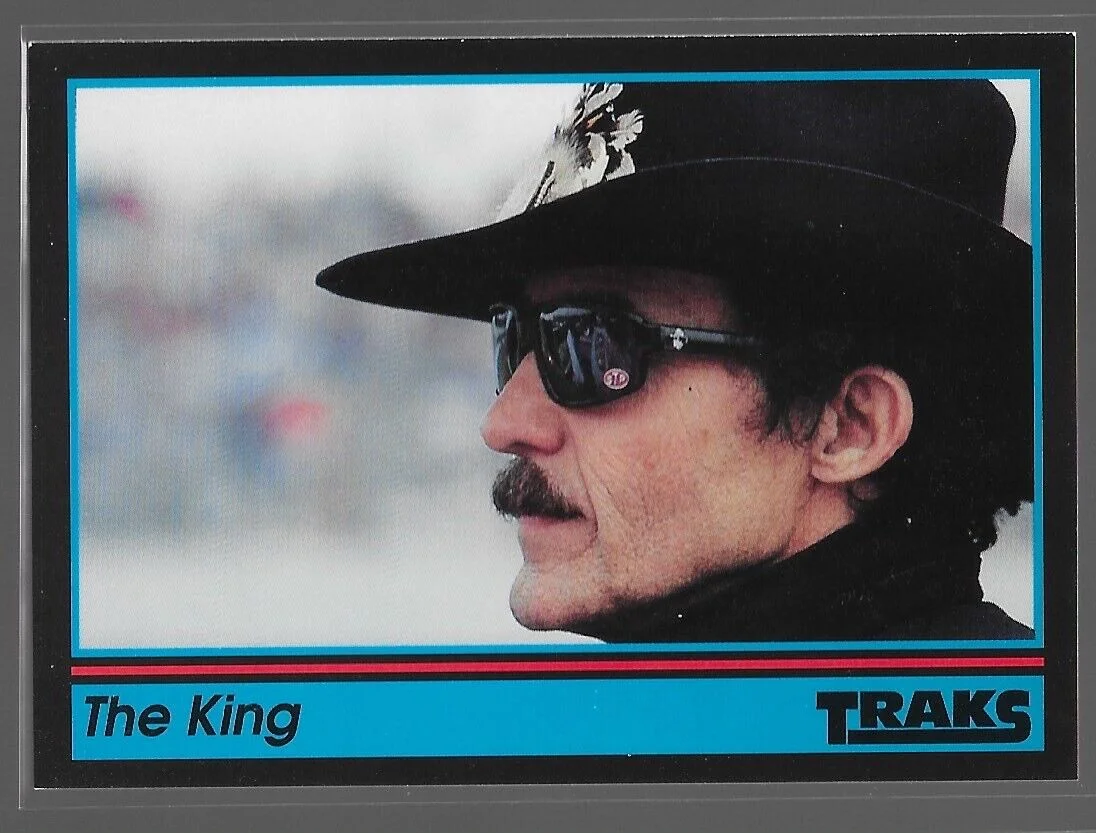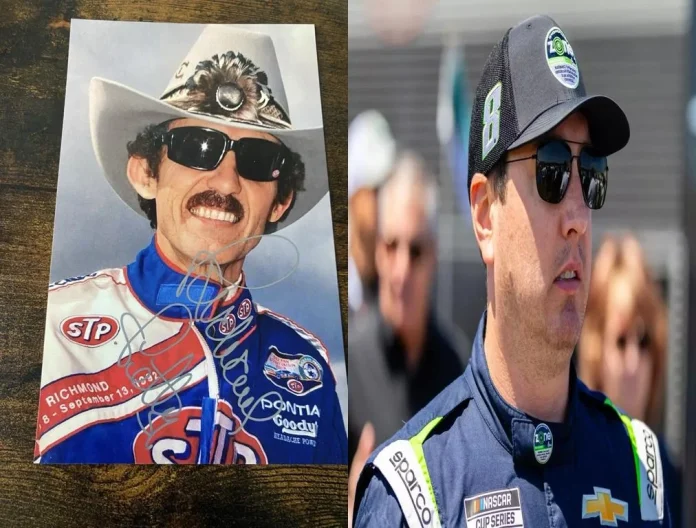Richard Petty criticizes NASCAR restrictor plates ahead of the Xfinity Series race at Indianapolis Motor Speedway, arguing that changes intended to create closer racing fundamentally alter the sport. On the eve of his 80th birthday, Petty discussed his dissatisfaction with the direction NASCAR was heading at one of America’s most famous racing venues, injecting an uneasy tone into an ongoing debate about the future of stock car competition.
In 2017, facing complaints that events at tracks like Indianapolis had become too predictable, NASCAR leadership introduced restrictor plates to the Xfinity Series at the Brickyard in hopes of generating more action and excitement. By limiting engine power and emphasizing aerodynamics, NASCAR aimed for tighter fields and frequent lead changes, but the move provoked sharp criticism from legends such as Petty, whose perspective shaped many fan and industry reactions.
Petty Voices Discontent Over New Racing Tactics
The introduction of restrictor plates was met with resistance by those who felt the measure undermined driver skill. According to Richard Petty, the rule changes stripped racers of their ability to control outcomes and diminished the thrill of fighting through the field. Petty was adamant in his criticism of the direction NASCAR was pursuing at Indianapolis.
“That’s the wrong way to go. You don’t make racing when you have something that the racers can’t do anything with. You’ve got no power. You can catch somebody when they make a little slip, but when you get on the gas, nothing happens.,”
Petty told Hot Rod Magazine in 2017. —Richard Petty, Racing Legend

His central argument was that restrictor plates, which restrict engine airflow to reduce power, lead to artificially close racing while penalizing those with the skills and equipment to excel. To Petty, the essence of racing was lost when the outcome was determined more by regulations than driver talent or team preparation. The Indianapolis Motor Speedway, with its unique flat configuration and long straights, posed particular challenges for this experiment, setting it apart from high-banked superspeedways like Daytona or Talladega where safety concerns had already necessitated speed restrictions.
Petty observed that, even at traditional restrictor plate tracks, the results were contentious within the community and did not always produce fair racing. At Indianapolis, a venue designed for different types of open-wheel racing, imposing such restrictions seemed unjustified. The event organizers responded by combining aero ducts, a smaller restrictor plate, and the 2016 aerodynamic package as part of their approach to revitalize the racing at Indy.
NASCAR Leadership Defends the Uncertain Shift
Wayne Auton, then overseeing the Xfinity Series, admitted that the strategy involved considerable risk. NASCAR’s management recognized there were no guarantees that the measure would yield better competition or driver satisfaction, indicating a willingness to adjust as needed.
“I don’t think there’s any way for certain you can say this will be a success or if it will be something we’ve to adjust. I think we’ll take all data we can. We’ll listen to drivers, and we’ll listen to teams. We’ll talk to Goodyear and all the parties involved.”
—Wayne Auton, Xfinity Series Director
Despite the attempted innovation, Petty remained unconvinced, arguing that the mismatch between car design and track configuration was being papered over with technical fixes rather than addressing the core incompatibility.
“I don’t know what they’re trying to do, because when you look at Indy, it’s a terrible place for our kind of cars to race. You can’t change the cars because the track is not suitable for our kind of racing, so just changing the cars I don’t think will work,”
he said. —Richard Petty, Racing Legend
Petty’s arguments highlighted the issues faced by stock car drivers at Indianapolis: the track’s four sharp turns and the emphasis on momentum punished mistakes harshly, making pack racing extremely difficult. The restrictor plates further hampered any chance of a comeback after errors, locking drivers into position and muting the competitive drama fans expect.
The immediate effect of the 2017 Indianapolis Xfinity event was a more compact field and more lead changes, with 16 swaps at the front. Yet not all drivers were impressed, as figures like Kyle Busch indicated the new package often masked the abilities of the quickest competitors, fostering a sense of artificiality and limited opportunity for the best to stand out.
How NASCAR’s Race Packages Have Changed
In the years following Petty’s outspoken criticisms, NASCAR’s philosophies on race engineering and rulemaking evolved. By 2025, the sport’s leadership shifted toward more complex and adaptable systems for controlling car performance. While the specific term “restrictor plate” has faded, the overall approach of controlling horsepower to balance speed and safety continues at select tracks.
At iconic superspeedways such as Daytona and Talladega, along with Atlanta, the 510-horsepower format—supported by aerodynamic tweaks like taller spoilers and reinforced roof rails—remains central to limiting speeds and ensuring safer pack racing. Indianapolis, however, now runs with a 670-horsepower configuration. Notably, when the Cup Series returned to the Indy oval after experimenting with its road course, the change was widely viewed as successful, hinting at a recalibrated balance between safety and driver autonomy.
The advent of the Next Gen car introduced even further changes. With enhanced handling thanks to a lower center of gravity, a symmetrical frame, and improved tire reliability, the modern stock car promotes tighter competition without necessarily relying on restrictor plates. NASCAR’s present rulebook, including updates such as the Damaged Vehicle Policy, more flexible playoff waivers, and bonus incentives, increasingly places the onus back on individual drivers and their teams.
Richard Petty—often revered as “The King”—had long pressed for a form of racing where driver skill could once again shine through. As NASCAR continues to refine its approach, many see the current environment as gradually returning to those core values, echoing Petty’s hope for a future where technical solutions serve to enhance, not overshadow, the heart of competition.
This evolution within NASCAR reflects the ongoing tension between the need for safety, engineering progress, and the intangible excitement that defines stock car racing. As the sport’s stewards weigh hazardous speed, thrilling competition, and authentic driver achievement, the legacy of Petty’s warnings continues to shape the conversation at tracks from Daytona to Indianapolis and beyond.


